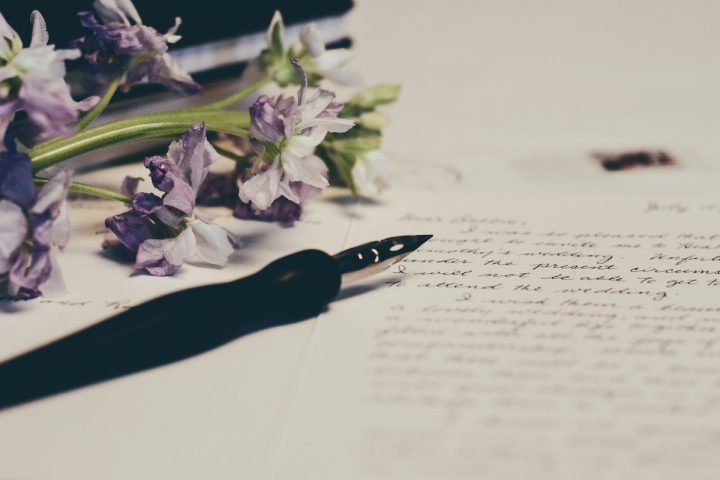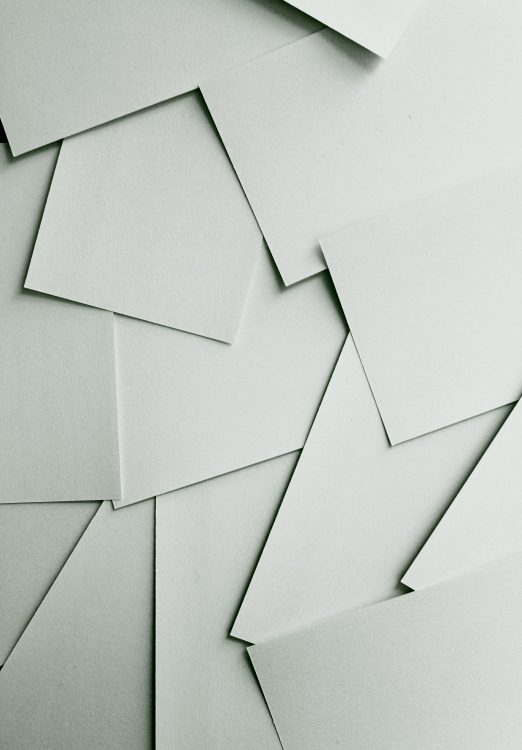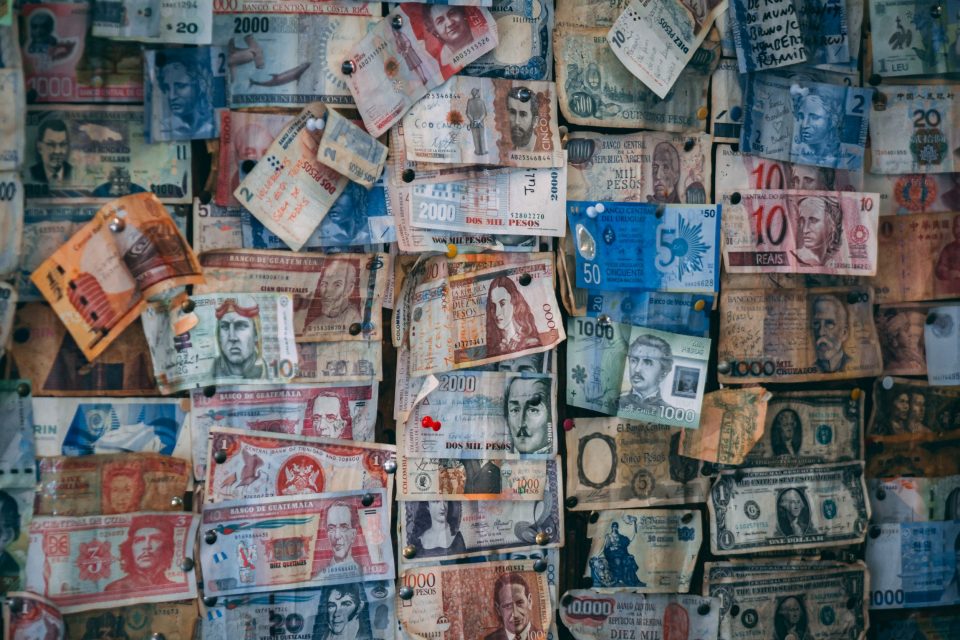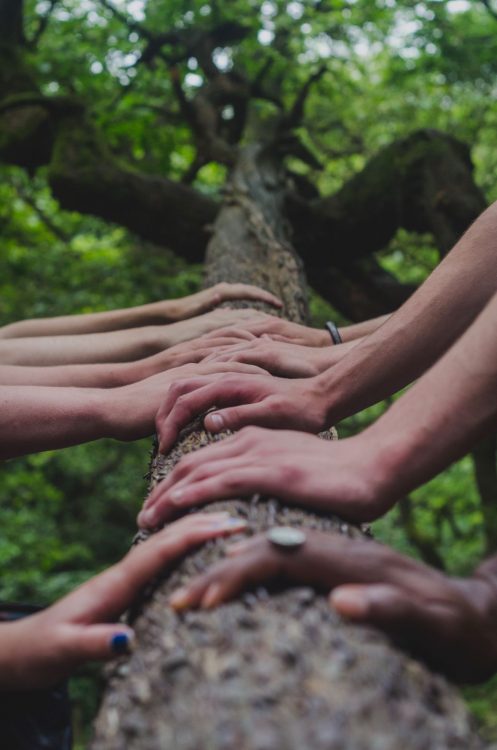The lost art of letter writing

The Net Worth of Social Network Founders
March 25, 2020
Essential work from home hacks you need to know right now
April 2, 2020
Has social media killed the art of letter writing? Certainly, we are more likely these days to pick up a phone if we want to communicate with someone. But what have we lost in the process?
One in five children in the UK has never received a handwritten letter, according to a survey published in 2010 by children’s charity World Vision.
This stands in stark contrast to the figures for electronic communication. Campaign Monitor says that 111.1 billion consumer emails sent and received each day. With people increasingly relying on social networking sites to communicate, the number of shorter messages sent via social media platforms is likely to be even higher.
Yet the World Vision survey found that less than a quarter of children surveyed had written a letter in the last twelve months.
Lost pleasures
Are we all missing out on the pleasures and developmental benefits of letter writing?
Le Figaro recently bemoaned that “many have lost their love for the pen, the scent of the ink and the softness of the paper”. Instead, it invited its readers to celebrate the 100 most beautiful letters of the French language by trying to match extracts of famed letter writing with their authors.
Maria Popover, the editor of the wonderful online treasure trove of writing that is Brain Pickings, is also a big fan of letter writing.
She posits that “sentiment lives not only in what is being communicated but also in how it is being communicated — osmosis all the more important today, when cold screens and electronic text have left the written word homogenized and devoid of expressive form.”
The etiquette of letter writing
Popover cites a textbook published in 1876 by J. Willis Westlake called How to Write Letters in which the author states, “Never write a private letter on foolscap paper: to do so is awkward, clumsy, and generally inexcusable. If compelled to use it, for want of any other, an apology should be offered.”
Westlake continues: “No color is more elegant and tasteful than white, for any kind of letter, and gentlemen should use no other. Ladies may use delicately tinted and perfumed paper if they choose, but for a man to use it is, to say the least, in very bad taste. For business letters, no color is allowable but pure or bluish white.”
Popover comments that it is these sections by Westlake about the etiquette and subtleties of paper and ink selection that are perhaps most fascinating of all. She says this is evidence of “a special kind of art that can communicate an extraordinary range of sentiments — something entirely lost to us in the age of digital type on sterile screens”.
Popover is not alone in feeling this way.
A tactile pleasure and a forever treasure
In a poem published in the New Yorker in 2014, Eavan Boland wrote in a romantic celebration of the lost art of letter writing “The hand was fire and the page tinder” – intimating the power that letter writing has to move us in a way that email simply can’t.
The uniquely intimate and creative act of letter writing is more than a celebration of the written word. It is a celebration of the ink, the paper, and all of its tactile pleasures that cannot be found on a digital screen. It is something that can be returned to again and again and be treasured forever.
As Catherine Field puts it in the New York Times: “A good handwritten letter is a creative act, and not just because it is a visual and tactile pleasure. It is a deliberate act of exposure, a form of vulnerability because handwriting opens a window on the soul in a way that cyber communication can never do. You savor their arrival and later take care to place them in a box for safekeeping.”
Need further inspiration? Watch this TED talk by Lakshmi Pratury in which she remembers the lost art of letter-writing and shares a series of notes her father wrote to her before he died.



